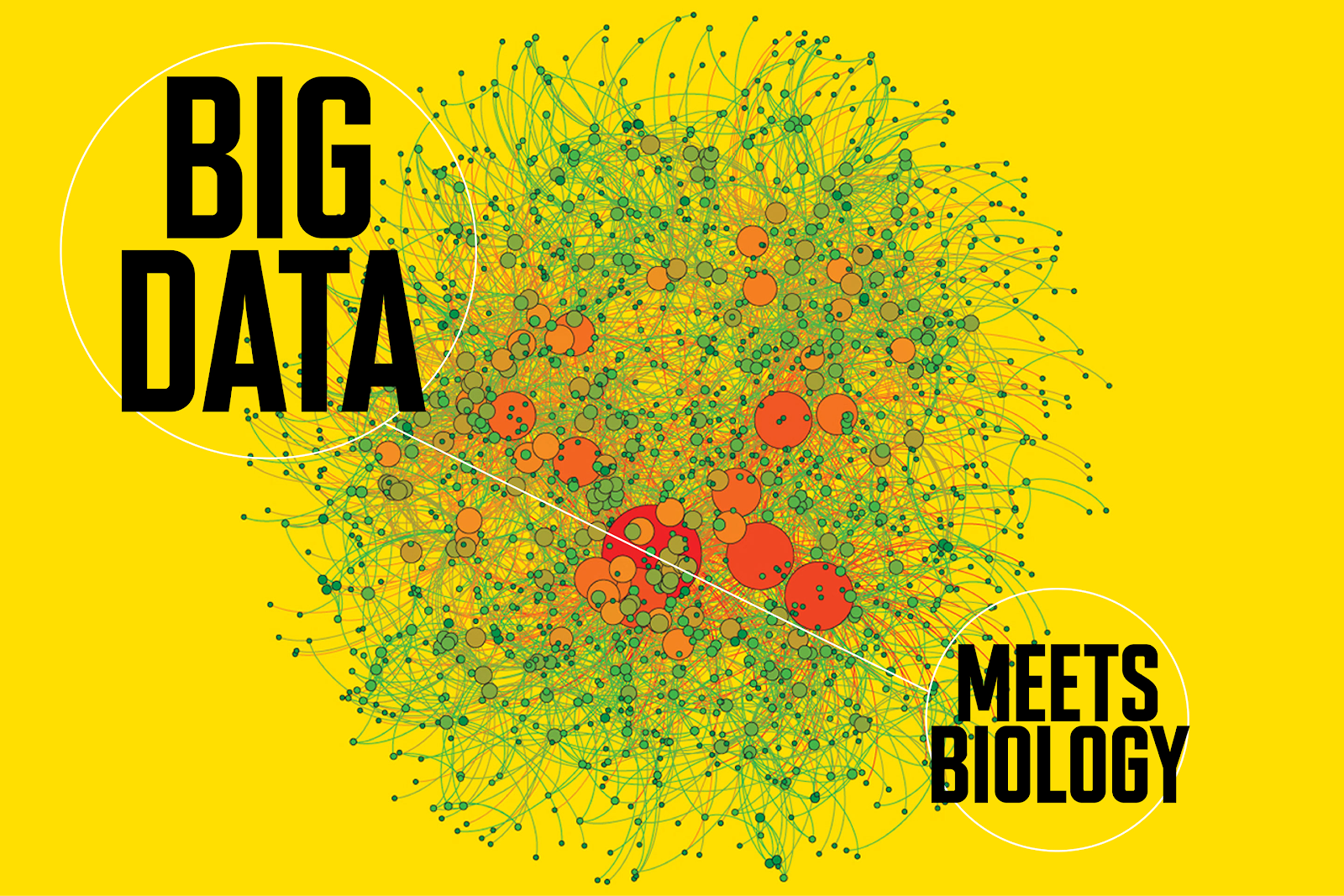Big Data, Graphs, and Prediction
Author(s): Jennifer Lyon Adler1, David Simon2, Emmanuel des-Bordes3, Joseph Esquibel4, mary miller2, Pradip Raj Aryal5, Vickie Flanders2
1. Maysville Community and Technical College 2. Baton Rouge Community College 3. Blue Ridge Community College 4. University of Wisconsin - Madison, Madison College 5. NMSU Carlsbad
1094 total view(s), 564 download(s)
Biographers - Student Worksheet.docx(DOCX | 489 KB)
Biographers - Teachers Instructions.docx(DOCX | 277 KB)
Biographers - Teaching Powerpoint.pptx(PPTX | 13 MB)
Feb2020_Group_2_Pic.png(PNG | 2 MB)
- License terms
Description
Big Data, Graphs, and Predictions was developed as part of an effort by the Quantitative Biology at Community Colleges group to provide materials that incorporate mathematical concepts into biology courses. The activity presents a process of systematic process of graphing, modelling and interpreting data, and making subsequent predictions. Given data will be compared with common trend curves. The activity is applicable for the College Algebra (Algebra II) courses.
After completing this module, students will be able to:
- Learn how to interpret data and make a scatterplot
- Comprehend the common trend curves and their use in interpreting data sets
- Interpret complex data sets
- Be familiar with the benefits and drawbacks of various graph types
- Graph data sets and compare resulting charts to trend lines
- Use various methods to make predictions.
“This material is based upon work supported by the National Science Foundation under Grant No. 1919613. Any opinions, findings, and conclusions or recommendations expressed in this material are those of the author(s) and do not necessarily reflect the views of the National Science Foundation.”
Cite this work
Researchers should cite this work as follows:
- Adler, J. L., Simon, D., des-Bordes, E., Esquibel, J., miller, m., Aryal, P. R., Flanders, V. (2021). Big Data, Graphs, and Prediction. The BioGraphers - A QB@CC Incubator group, QUBES Educational Resources. doi:10.25334/6QDH-4T19
